The Weird History of Pacific Palisades
By Finn Murtagh

Have you ever pondered about the events that have occurred in your surroundings? The history that has unfolded on the very ground you tread upon every day? The incidents that transpired prior to your existence, which may have had an impact on your life? If so, you are not alone. In fact, I was so intrigued by this that I decided to create a page dedicated to the strange history of my hometown.
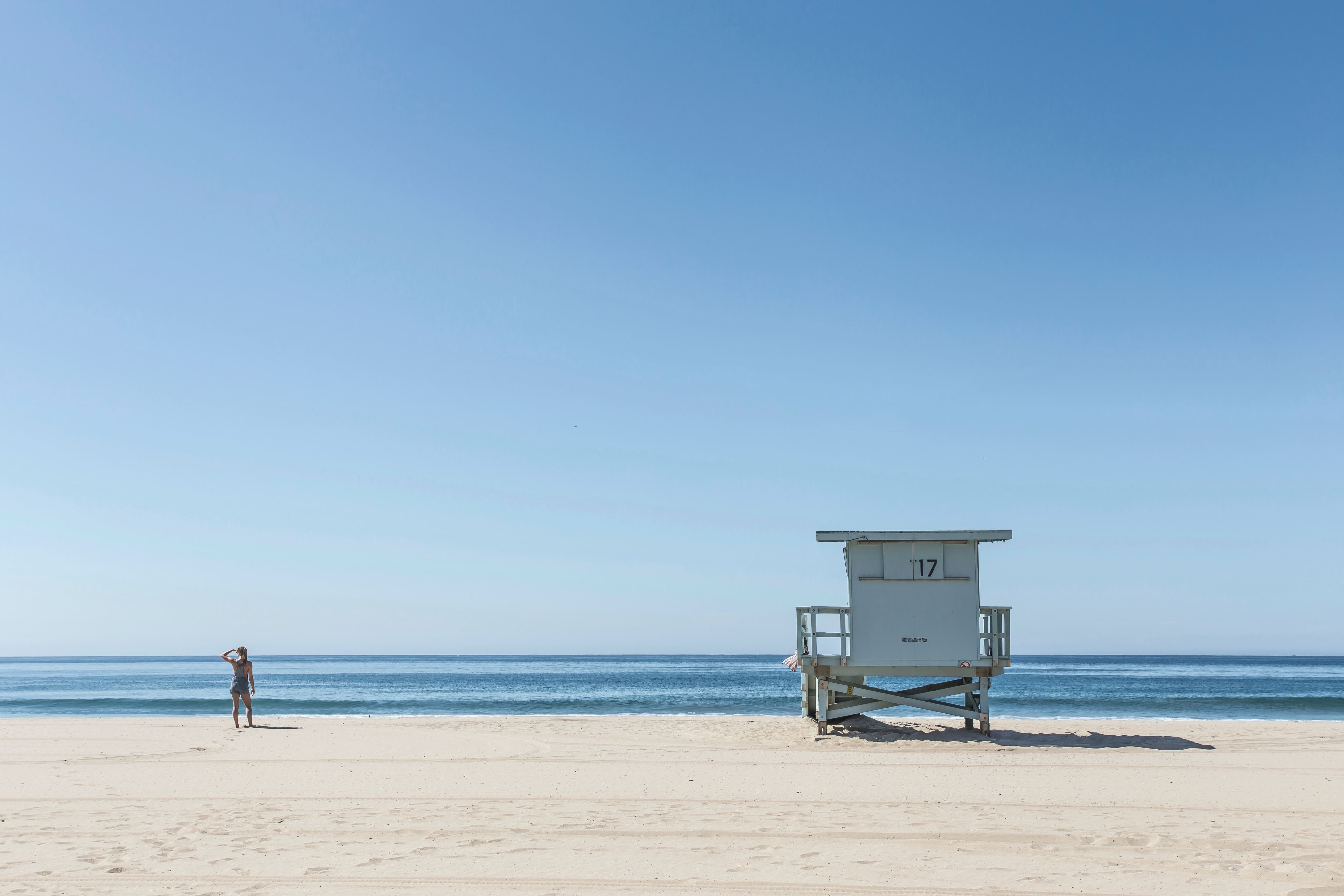
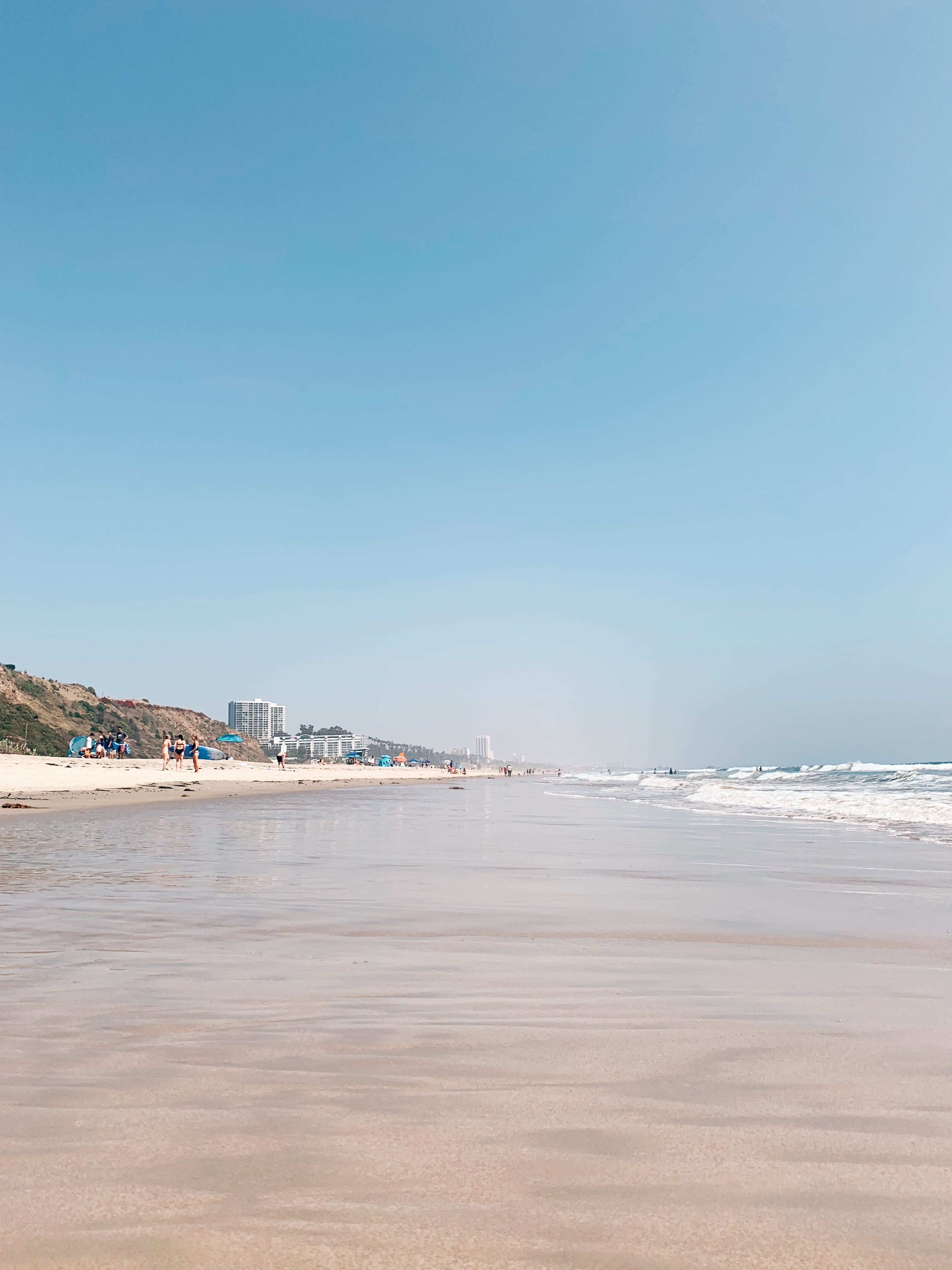
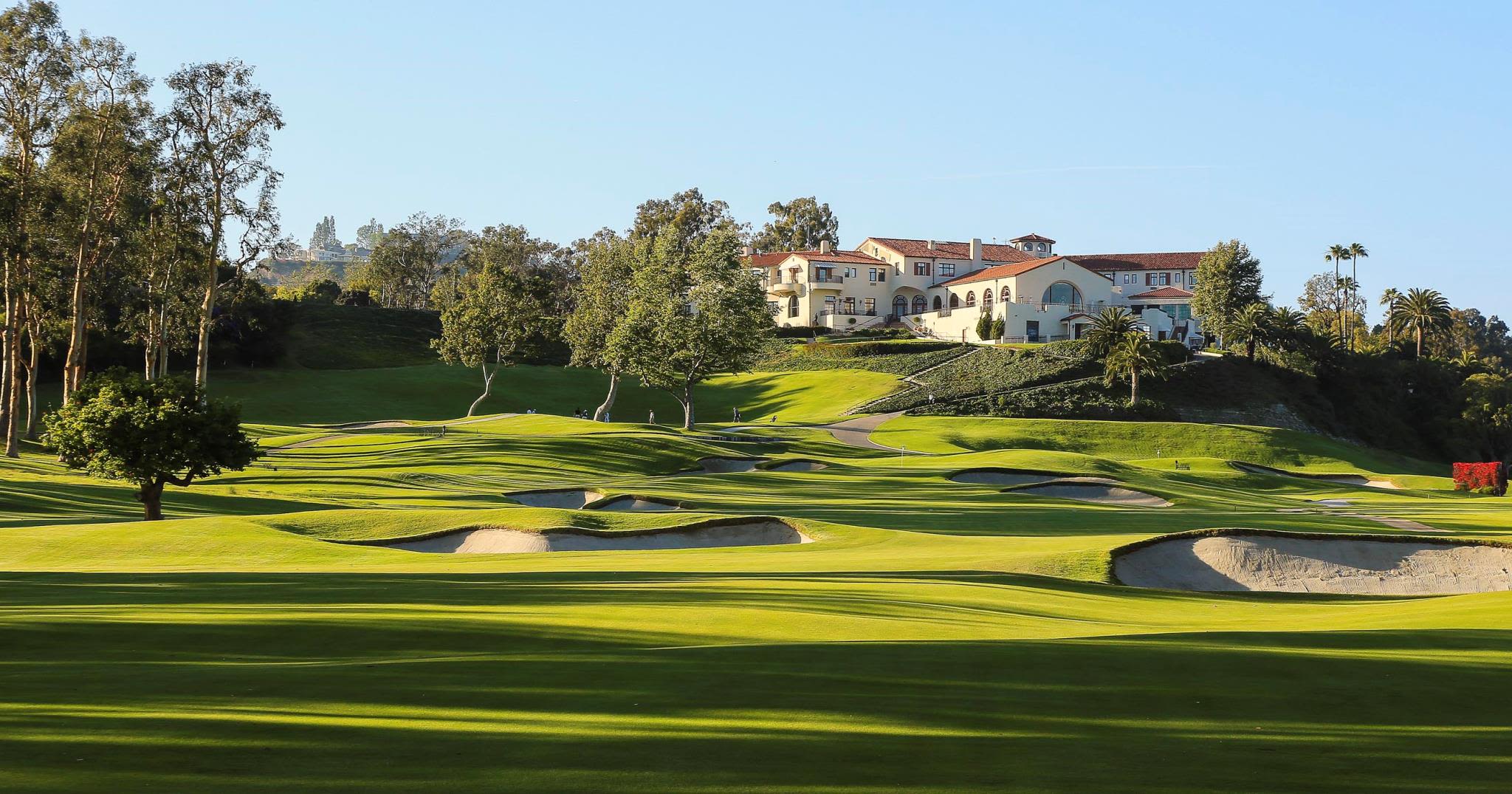



Long Wharf Pier
If you grew up in the Pacific Palisades area odds are your favorite spot used to be tower 15 at Will Rogers State Beach. A little stretch at the end of the parking lot away from the entrance and usually not as crowded. You’d run into local families and a long stretch of sand stretching toward the Santa Monica Pier but just far enough away where you didn’t get the riff raff of tourism. The closer you get to the Santa Monica pier the more oddities that you encounter and you probably stay a little to the right of the tower facing the Jetty.
In the summers I would do Junior Lifeguards at tower 15. Hundreds of kids trudged through the sand, swam through the water, and toiled on the beach in competition against each other. An old retired lawyer would teach us endurance, commardie, and discipline in a way that somehow made me hate and love the program. I also boogie boarded here frequently, came with friends, and went fishing here a lot. What I never understood was the history that this place truly encompasses.
In 1893 the Southern Pacific Railroad made the longest pier in the world at the time extending from the tracks pictured above. The pier was referred to as the Port of Los Angeles or Long Wharf and was made to replace the port of Long Beach in San Pedro. Infrastructure was ready to move into this place to make a very large breakwall that shielded the pier from waves and provide the groundworks for a burgeoning harbor. The Southern Pacific Railroads' only problem was the city of Los Angeles was contentious with them on the project and blocked many of their attempts to build a breakwall. This later resulted in the Free Harbor fight and in 1896 the Civil Engineers chose to prioritize the port of Long Beach as the Premier port for all Los Angeles cargo.
If this plan went through this would have greatly impacted the area and the landscape of LA would be very different overall. If this happened much of the other history of the town would have been drastically different.
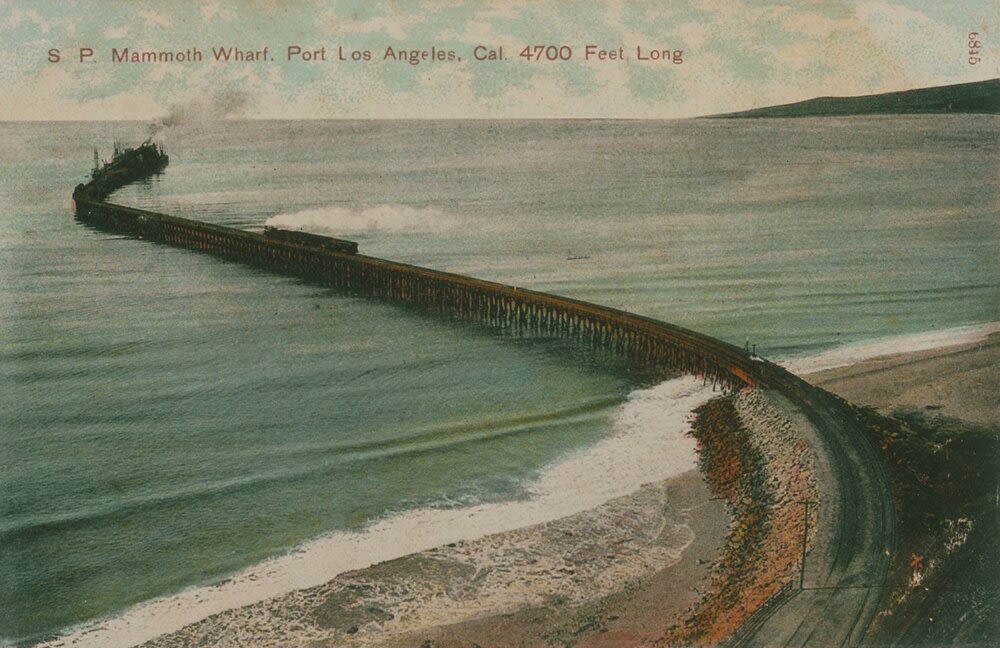
Inceville Studios
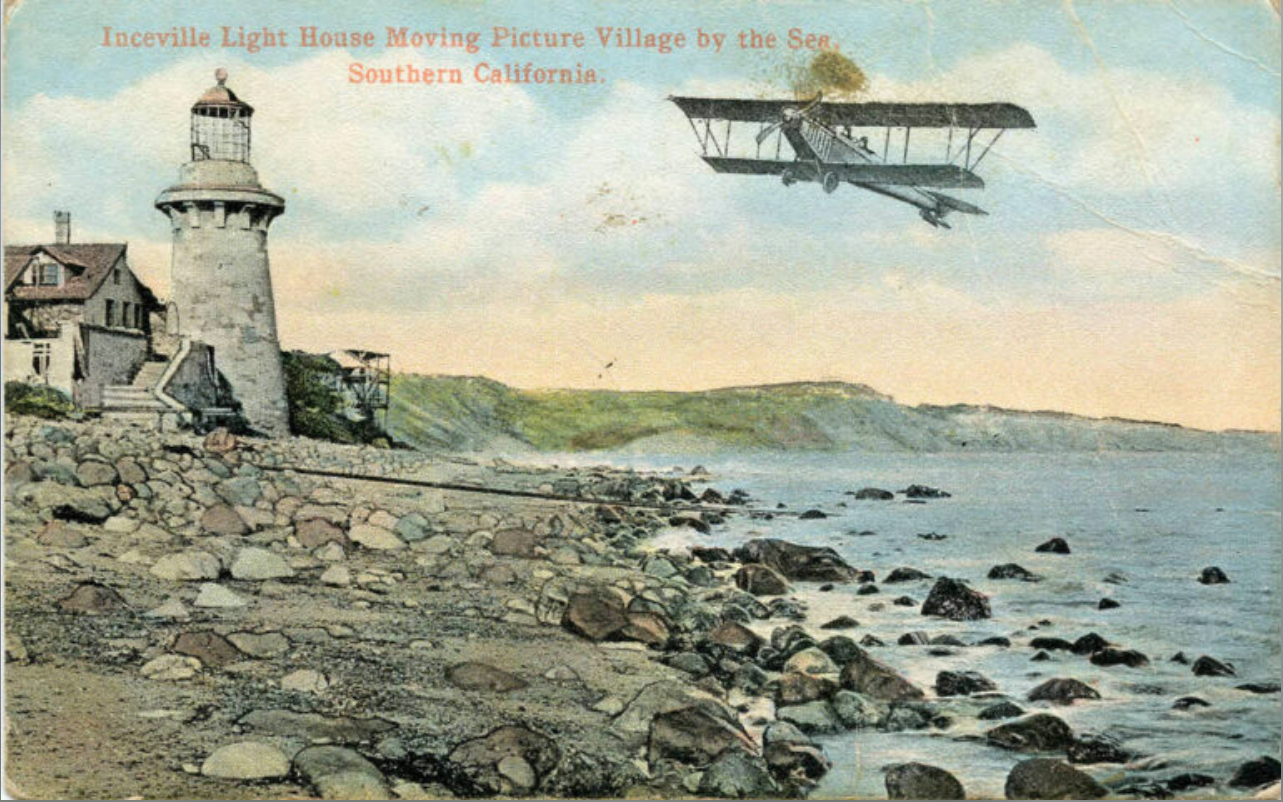
Down the street from my house at the corner of Sunset and PCH Thomas Ince resurrected Inceville studios. Inceville studio was a huge pioneer in the modern studio system and made over 800 silent films from the years 1911-1922. Ince was the first producer essentially and also the creator of the modern day major studio concept. He was a prominent jack of all trades filmmaker in the silent film era and sadly died when he was only 44. Ince lived somewhere around the modern day Marquez Knolls area in the Palisades which is a small mile circumferencing where I grew up.
Inceville studios hosted a huge span of different movie sets across their 18,000 acre property and host of crew, wild life, livestock, and crops. A very fascinating fact is that they actually imported over 200 Sioux Indians from Oklahoma, which is a clear result of the trail of tears, and used their homes for western sets. They used Long Wharf in order to get these Indians into the area and also to get most of their supplies.
While Inceville did all sorts of movies, they primarily focused on the Western. Ince is actually known to this day as the father of the Western.
Eventually in 1920 huge fires raged through the area and took out Incenville and would eventually lead to Ince selling the studio. Two years later he died on William Randolph Hearst's Yacht of a very mysterious heart attack. Foul play was suspected but never confirmed. Orson Wells was not the only filmmaker Hearst had a weird connection with but Ince as well.
Lake Shrine
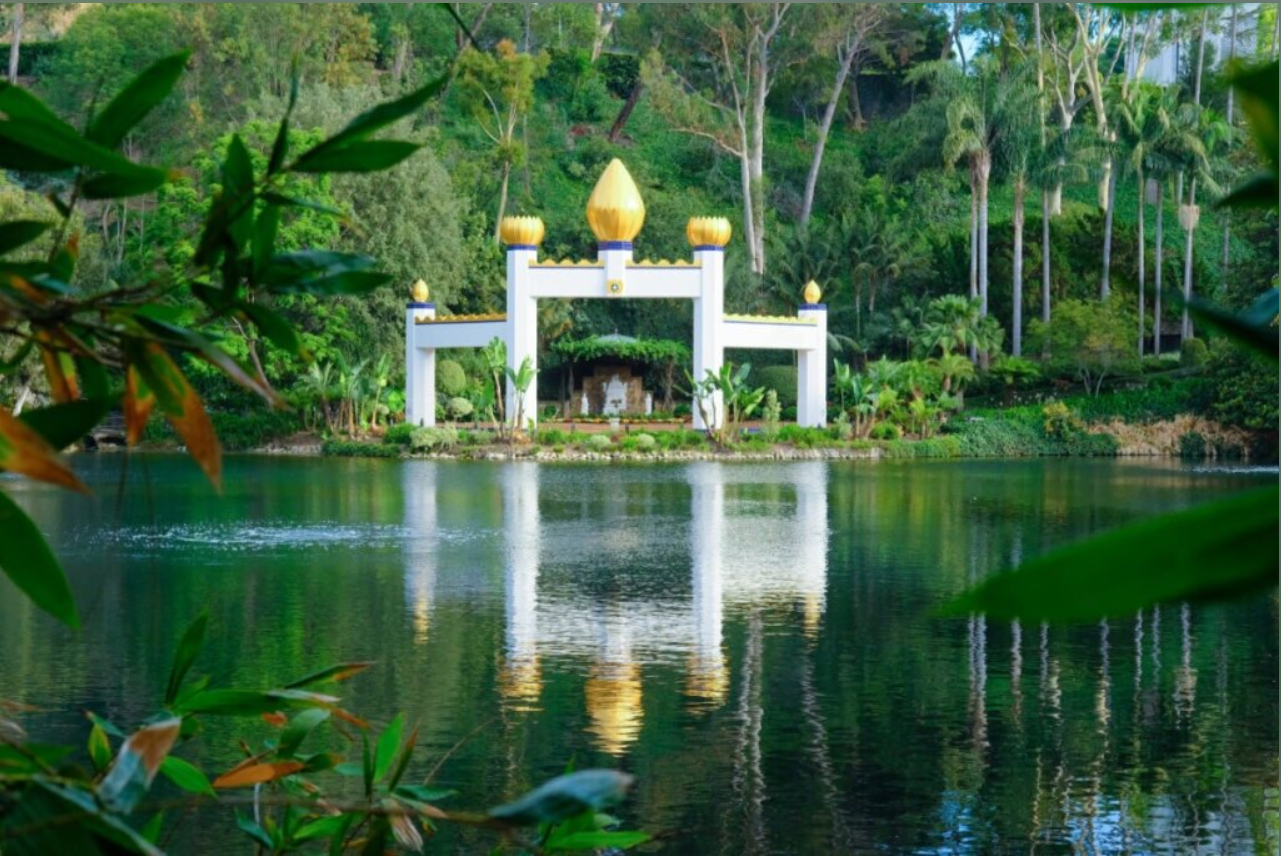
As parts of Incesville started to get sold off to different entities eventually Alphonzo Bell, Sr bought a large chunk of it and then leveled the area so that it could be built upon. In doing so a large lake sprouted and this became known as the Santa Ynez Lake. For a while this lake lay dormant, and nothing was being done with it. Eventually the land was brought up by 20th century Century Studios and then started making movies again.
After a while it was sold to oil tycoons and over a couple of nights Rene Williams had several recurring dreams that the place was supposed to be a shrine representing all religions. He called Paramhansa Yogananda on the phone and agreed to pass over ownership of the property to his organization. This created the modern-day Lake Shrine.
Lake Shrine since its inception has garnered an immensely rich history and by far the crown Jewel of this history is its relationship to Gandhi. Gandhi and Yogandanda preached a very similar message of nonviolence and communicated at times. Yogananda always wished to make a memorial honoring Gandhi’s presence and after Gandhi’s passing he did so. He was sent his ashes with the sender saying “ I may say that they are scattered and thrown in almost all important rivers and seas, and nothing is given outside India except the remains which I have sent to you after a great ordeal.” These ashes were the only ones not sent to India.
Several celebrities through the years have been utterly fascinated with the place. Elvis came frequently and called the directors for advice whenever he was troubled, Tom Petty was cremated and memorialized here, and George Harrison had his funeral here. Ultimately the place had done a full 360 in terms of purpose but still kept its connection to entertainment.
When I was younger my mom used to take me here to feed the ducks after school and walk around the lake. There were bounds of carp, turtles and swans that inhabited the lake and it was always a place of bewilderment for me. To this day I still visit frequently but the more I learn about it, the more fascinating it gets.
The Getty Villa
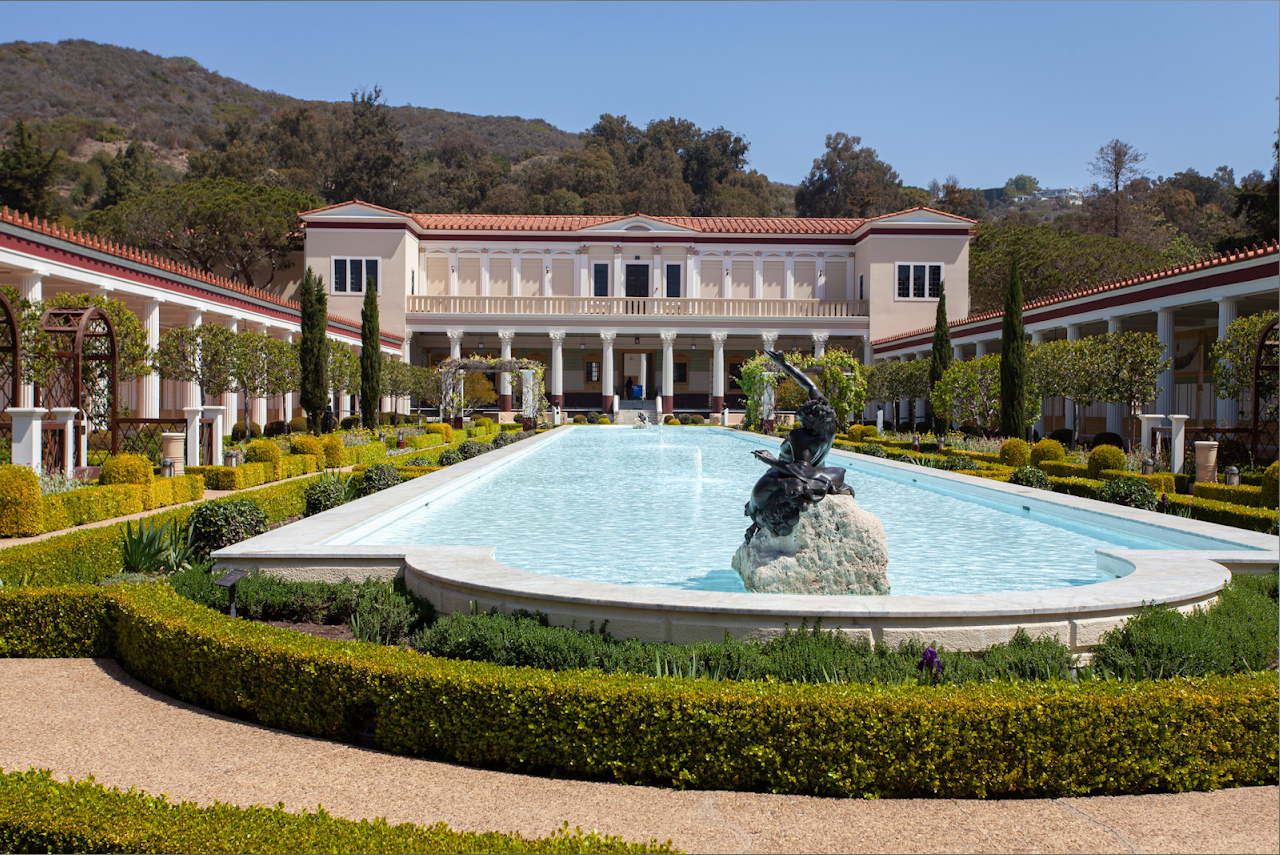
John Paul Getty was once the richest man in the world. He made his fortune off of selling oil and specifically through Saudi Arabian oil contracts.
Like William Randalph Hearst with Heart Castle, he also wished to collect art and create a palace for himself. He broke ground on the Getty Villa in 1970 but he would never see it finished because of his death in 1976.
This Getty Art institute is regarded as having one of the largest endowed art institutes in the world and is valued over 10 billion dollars. While only a fraction of this money is seen at the Villa, the Villa is what spearheaded this giant art monopoly.
Eventually the Getty Villa became way too small for the amount of art that was collected and the Getty Center was born. The Getty Center had mostly paintings such as Van Gogh's Irises. The villa focused on Greco-Roman style sculpture and art.
So randomly right next to where the western film genre emerged in the US, 60 years later is a massive art collection. This institute is based off of Herculaneum’s Villa dei Papiri, which was aRoman villa buried in the eruption of Mount Vesuvius in 79 AD. Another great example of how preposterous this area was.
It still exists today and is free for public access. The only caveat is that the parking is $20 and they don't allow people in that park on the street. Trust me I've tried several times because it feels silly to pay for parking 5 minutes from your house.
Ultimately the Getty center is another one of a long line of historical areas here that many don't talk about too often.
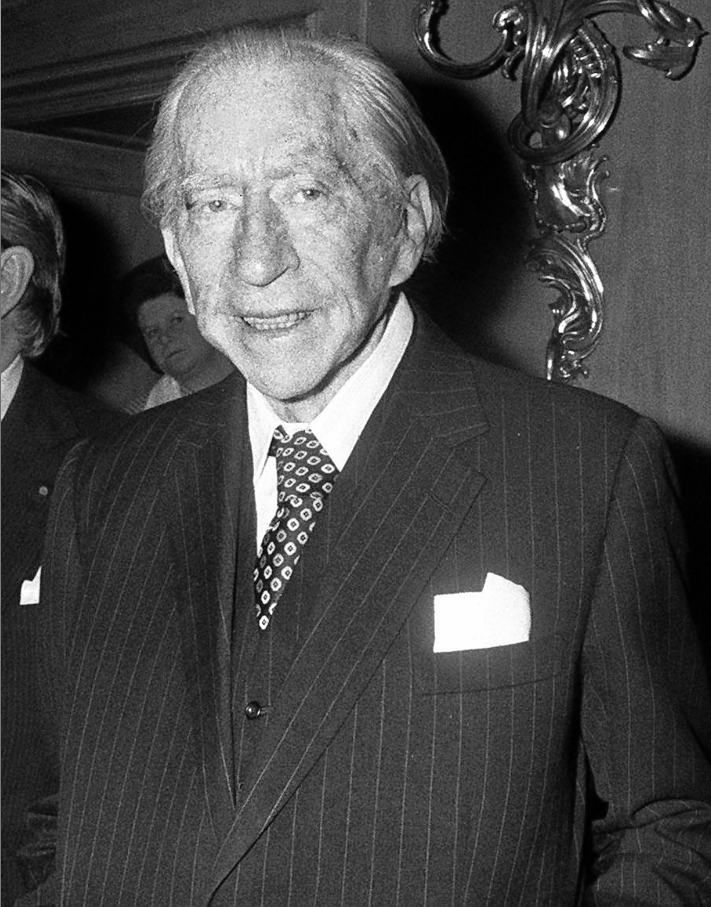
Murphy's Ranch
Another ideology that the Palisades has a very interesting connection with is with the Nazi’s. Murphy’s Ranch was a huge compound built in the 1930's in order to create a stronghold for Hitlers Ideology in America. The compound was located right next to the Palisades Riviera, a place where a massive list of celebrities live currently, Tom Hanks, Matt Damon, Shaq, Conan, Whoopie Goldberg, Spielberg, and far too many to list in this essay. Ronald Regan also used to also live here from the 50’s until his presidency including the time he spent as the governor of California. Understanding the ritzy place where he lived probably has a lot to do with his policies to wage war against the homeless. Back to Murphy’s Ranch. The name Murphy was an alias used to buy the house.
The people who brought the ranch were referred to as Silver Shirts. The silver shirts were a Facist organization in America that supported Adolph Hitlers ideologies in the 1930’s and it was founded by a screenwriter who felt that Jews were not treating him fair in hollywood. He even ran for president in 1936 but only got 1600 votes.
One of the goals of the place was to make it completely sustainable, and able to ward off attack. Troves of buildings were made, gates, hidden walkways, water filtration systems, huge oil drums with 20,000 gallons total and also a big steel compound.The owners sought plans from the best LA had to offer and planned to make a huge building on the property in addition to the other buildings but this never happened. The origin of all of this money was uncertain but it was evidently clear that the over 50 acres of property with the buildings and supplies cost an enormous amount of money.
Eventually the place was stormed after Pearl Harbor took place and would eventually be left derelict until it became a popular hiking trail. Thanks to it gaining popularity over social media the place is slowly getting taken down and disassembled and a lot of the structures are no longer there. Everytime I do the hike I am struck with how large this operation was logistically and the weird things that took place here. It's almost like the Manson camp where its impossible to know what truly happened here.
Thomas Mann House
Interestingly enough in 1941 Thomas Mann, a Nobel prize winner, would come to the Palisades Rivera fleeing Germany the same year the compound was raided. They would record his critiques of Hitler from his house in the Palisades and then would disseminate them to the German people. His residence is currently owned by the German Government and serves as a sort of fellowship to open dialogue between the two countries.
Thomas Mann's house was eventually listed on the market and brought by the German government. This was a huge deal at the time for Germany.
Conclusion/Spielberg's House
I was looking for a cinematic place to end this essay with a punch and remembered Steven Spielberg lived a short walk away from The Thomas Mann House. So, I thought why not since its already public information.
This essay so far has depicted a journey I embarked on to discover the city around me. It was weird learning a lot of facts about places that I have memory's regarding and then having to mix those together.
Ultimately, I encourage you to do the same and embark on your own journey.
